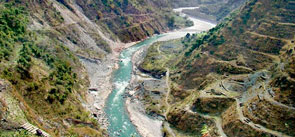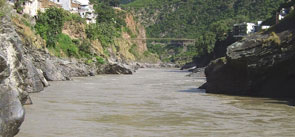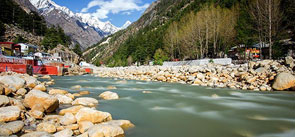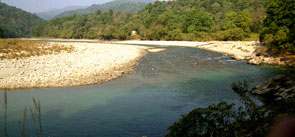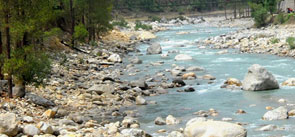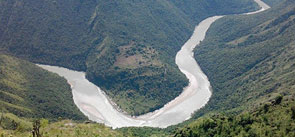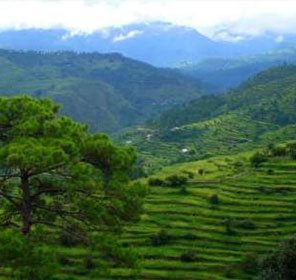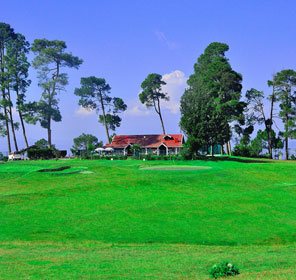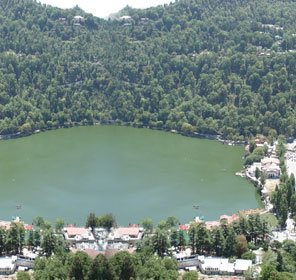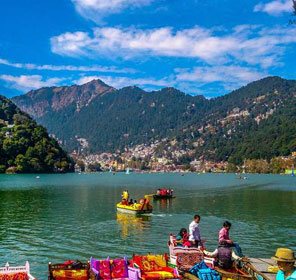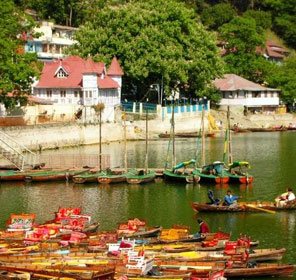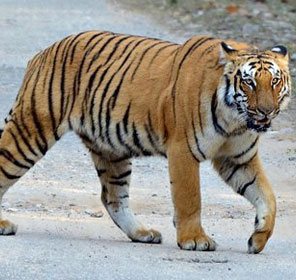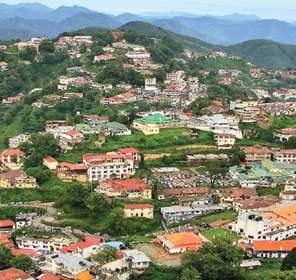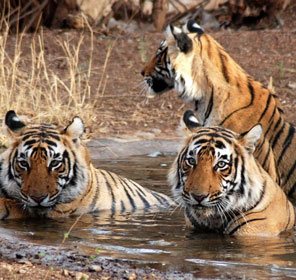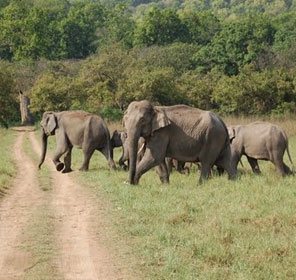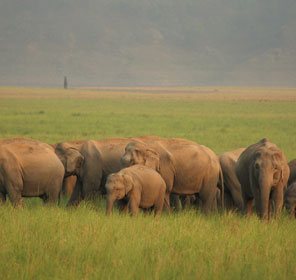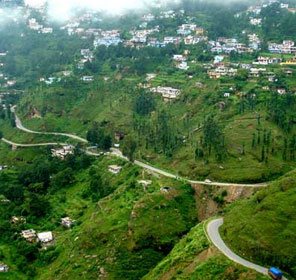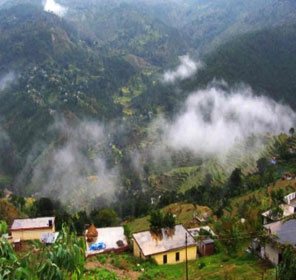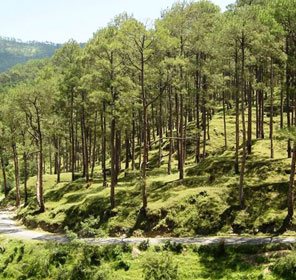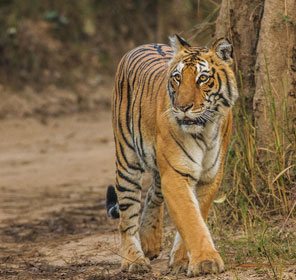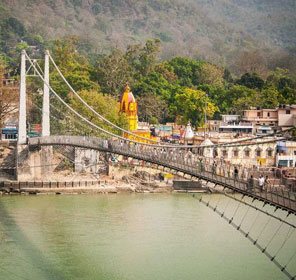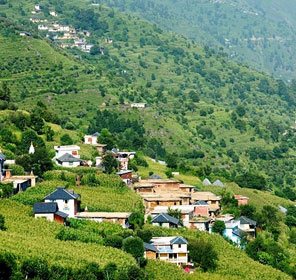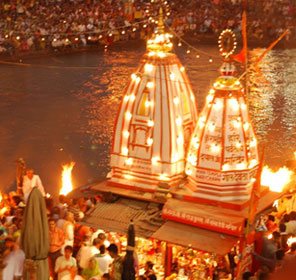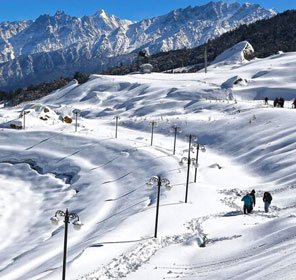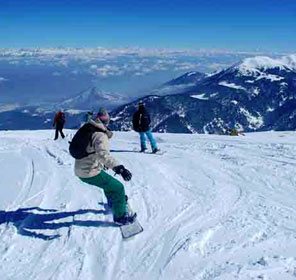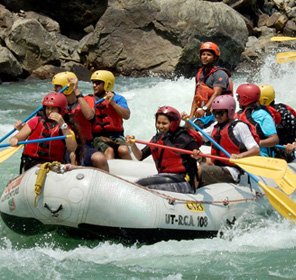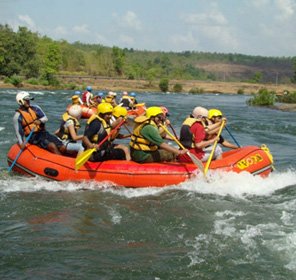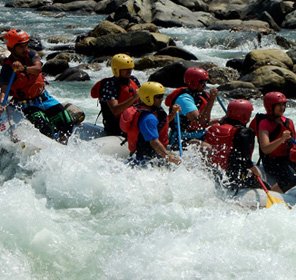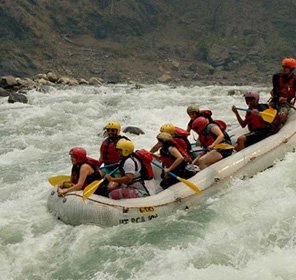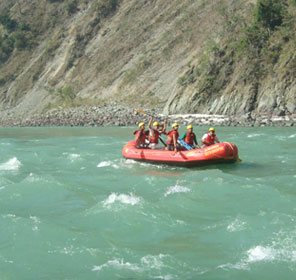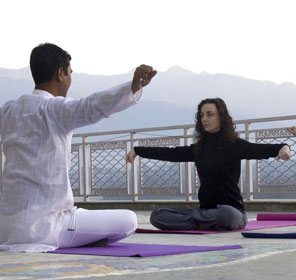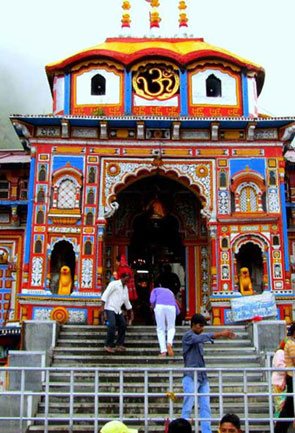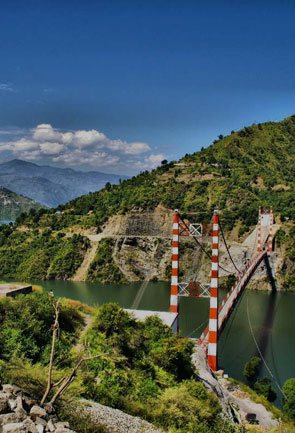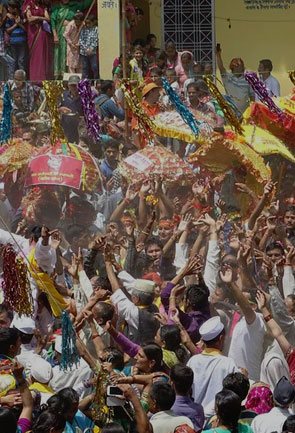

NEW
Ganga River Uttarakhand
Ganga River is the most sacred river in Hindu religion. Ganga has been a symbol of divinity, spirituality, purity and moksha. Swami Vivekananda said, “Paris is the fountain-head of European civilization, as Gomukh is of the Ganga. Ganga finds mention in numerous ancient texts; she is a mother, a goddess, a life-giving river and a repository of people’s beliefs.
In Northern India, it is a major river on whose banks civilizations have been established since time immemorial. The mighty river embarks on its 2,525 km (approx.) journey from the Garhwal Himalayas, Uttarakhand. Merging and gushing from one area to another, the river ultimately drains into the Bay of Bengal. The life-giving river passes through Uttar Pradesh, Bihar and West Bengal before meeting the sea in Bangladesh.
There are many streams which come together to form Ganga. Bhagirathi and Alaknanda are two of the most famous tributaries of Ganga. They initiate their different courses after emergence from glaciers, are joined by other tributaries in the way, and finally unite at Devprayag to be together called the River Ganga. The primary stream of Bhagirathi River originates at the foot of Gangotri glacier at Gaumukh, some 18 km from the town of Gangotri. Alakananda originates at a point where the meltwaters of Satopanth and Bhagirath Kharak glaciers meet. Because of bigger length and larger discharge of Alaknanda, it is regarded as the source stream of Ganga. But, Hindu mythology regards Bhagirathi as the source stream of Ganga.
Before formally called Ganga, the various tributaries of Ganga merge at various places in hilly region of Uttarakhand. Among the many confluences, the most sanctified unions are the ones which fall in the course of Alaknanda. The five holy unions in Garhwal Himalayas, also known as Panch Prayag, are:
Vishnuprayag – Alaknanda meets Dhauliganga, near Joshimath in Chamoli district
Nandprayag – Alaknanda meets Nandakini, in Chamoli district
Karnaprayag – Alaknanda meets Pindar River in Chamoli district
Rudraprayag – Alaknanda meets Mandakini in Rudraprayag district
Devprayag – Located in Tehri Garhwal distric, this is the most important union. It is where Alaknanda meets Bhagirathi and the river begins to be called Ganga.
Meandering through the valleys of Himalayas, Ganga hits the plains at Rishikesh. The largest tributary of Ganga is Ghaghara, followed by Yamuna (second largest) and Kosi (third largest).
In Hindu religion, Ganga is worshipped as a Goddess. The heavenly deity’s descent on earth has been explained through the story of Bhagirath and his ancestors. As per this legend, King Bhagirath meditated to bring Goddess Ganga on earth to wash away the sins of his ancestors. Upon her arrival, it was Lord Shiva who caught Ganga in his matted hair to save the earth from the enormous force of the Goddess. Since then, Devi (Goddess) Ganga has been regarded as the absolver of sins and the door towards salvation. Makara (crocodile) is the vahana (or vehicle) of the goddess. As per some ancient scriptures, Ganga emerges from the feet of Lord Vishnu; that is why Ganga is also called Vishnupadi.
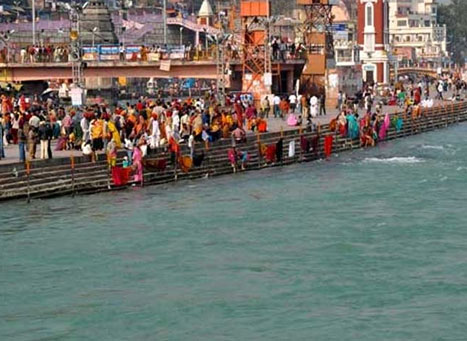
Bath in the holy water of Ganga, cremation at its ghats and immersion of ashes in its blessed water are believed to be the holy duties; they are some of the keys to pious living and to Moksha. In the Gangotri town, there is a very renowned temple which is dedicated to Ganga Maa (mother). Gangotri is part of the Chota Char Dham Yatra in Uttarakhand. Other Dhams in the pilgrimage circuit include Yamunotri, Kedarnath and Badrinath.
At Allahabad, Ganga joins Yamuna, which is larger than Ganga at this point of their journey. This confluence is known as Triveni Sangam, i.e. confluence of three rivers, which includes two physical rivers – Ganga and Yamuna, and one invisible river called Saraswati. The now invisible river finds mention in ancient scriptures, and at one time, it is said, was an actual river which merged along with Ganga and Yamuna.
Kumbh Mela, world’s largest gathering of human beings, is celebrated on the banks of Ganga. Haridwar, Allahabad, Nashik and Ujjain are the major places where the Kumbh fair takes place on rotational basis. Other major festivals celebrated on the banks of Ganga are: Ganga Dusshera, Ganga Sagar Mela, Sawan Mela, Karthik Poornima, Magha Mela and Chhath Puja.
Ganga, with its fertile soil, strongly supports agricultural activities throughout its course, whether in India or Bangladesh. The Ganga River and its tributaries have been a source of irrigation to a wide area since a long long time. Other industries such as fishing, tourism and navigation too derive livelihood through the river. Building of dams over the river helps in generating hydroelectric power. The exciting rapids of the Ganga also invite numerous people to indulge in adventurous activities such as river rafting and kayaking.







